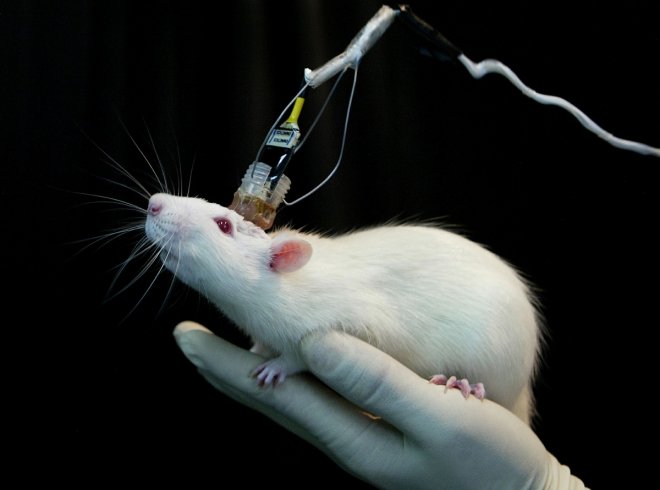
Researchers from the National Institute of Health, USA have identified the neural circuitry systems in brain which are responsible for alertness and vigilance in animals but found those to control alertness in humans to be the same as the case in zebrafish and mice.
The research which was published in the journal Cell says that the animals including humans and other species have undergone fewer changes in their impulse controlling neural system.
Joshua Gordon, director of the NIH's National Institute of Mental Health (NIMH) said, "Gaining familiarity with the molecular players in a behavior- as this new tool promises- may someday lead to clinical interventions targeting dysfunctional brain states."
The researchers screened the neural activities of different organisms using the Multi-MAP (Multiplexed-alignment of Molecular and Activity Phenotypes) technology and studied the behavior of modal animals in accordance with activation of different neurons. It was found that animals followed particular behavioral patterns in response to various states of their brains.
The researchers used the technique to visualize the functioning of neurons in genetically-engineered larva zebrafish whose brain was visible through its transparent heads. The vigilance of the animal was measured by studying its response to threat stimulus by swishing its tails.
The molecular analysis identified six neural circuits which were composed of different neuron groups that modulated different activities. They acted vigilantly in accordance with the situation.
The research on mouse had shown activation of the same neural patterns as the reaction to the stimulus. It was also found that these reactions were based on time-related circuitry.
The researchers had also used optogenetics, the biological technique which uses light to control cells in living tissues like neurons, to study the alertness in mice. They used the technique to activate three neural circuits that were found to improve the alertness in mice.









